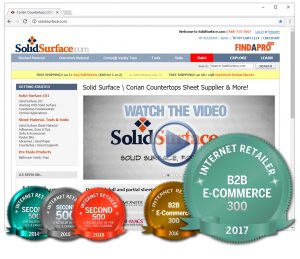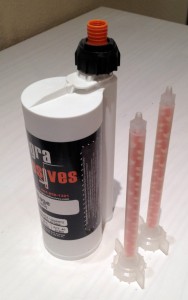Inc. Magazine Unveils 36th Annual List of
America’s Fastest-Growing Private Companies—the Inc. 5000
SolidSurface.com Ranks on the 2017 Inc. 5000
with Three-Year Sales Growth of 51.43%
TUCSON, AZ, October 1, 2017 – Inc. magazine ranked SolidSurface.com No. 4614 on its 36th annual Inc. 5000, the most prestigious ranking of the nation’s fastest-growing private companies. The list represents a unique look at the most successful companies within the American economy’s most dynamic segment— its independent small and mid-sized businesses. Companies such as Microsoft, Dell, Domino’s Pizza, Pandora, Timberland, LinkedIn, Yelp, Zillow, and many other well-known names gained their first national exposure as honorees of the Inc. 5000.
SolidSurface.com co-founder and CEO, Kyle Carpenter, had this to say:
“It’s quite an honor to be ranked among the top 5000 of America’s fastest growing companies, and then to see how previously ranked companies moved on to the top of their industries. Our expectation is to stay on track and hit the top of our industry.”
The 2017 Inc. 5000, unveiled online at Inc.com and with the top 500 companies featured in the September issue of Inc. (available on newsstands August 16), is the most competitive crop in the list’s history. The average company on the list achieved a mind-boggling Continue reading






